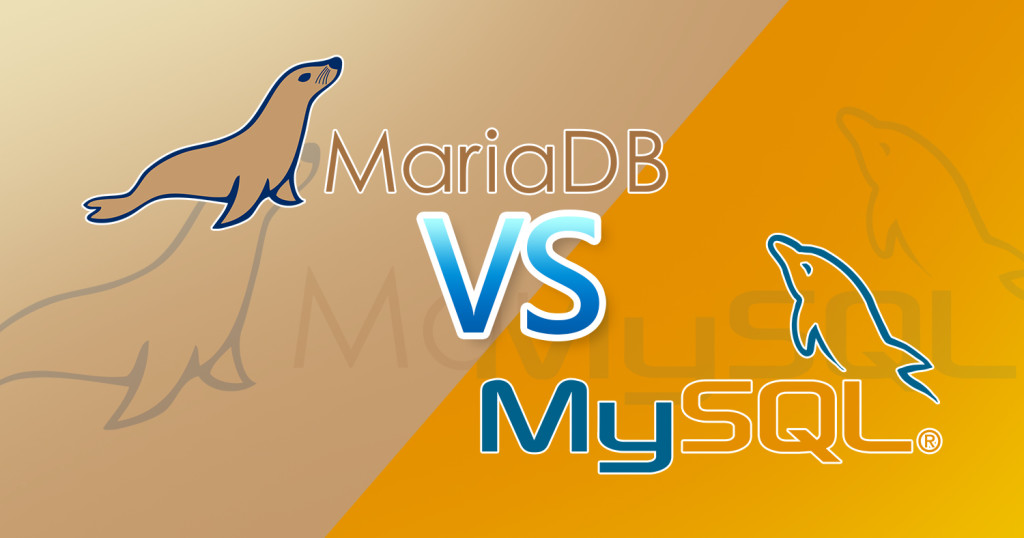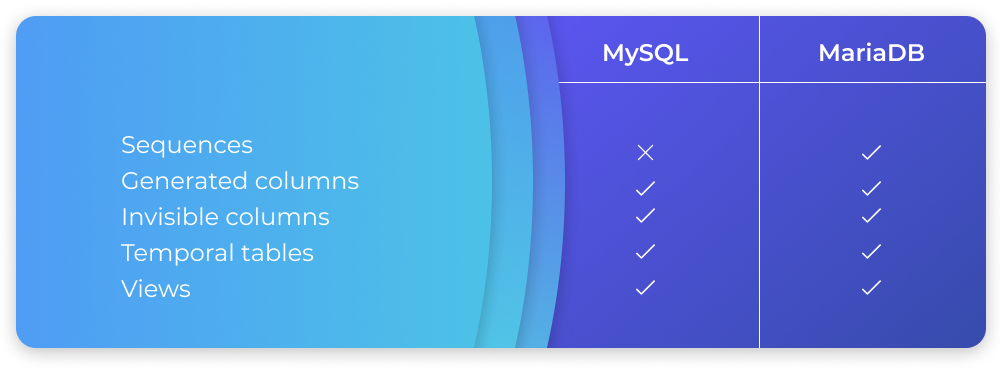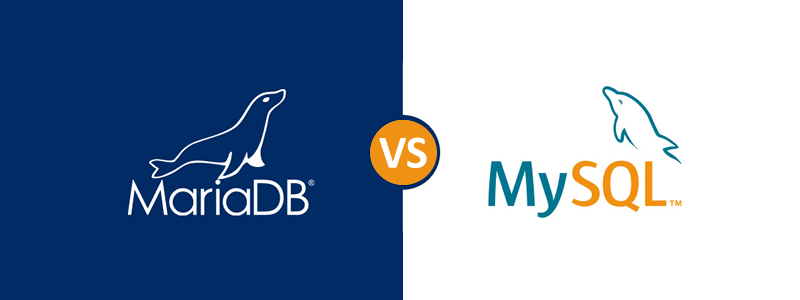
For example, here in Mexico, a company and a person can be sold to us as a physical entity or a physical person." "The performance is good." "We managed to reduce the storage space needed to 10% of the original size, without affecting data integrity, and we significantly improved the performance." "The PostgreSQL database is similar to the SQL Server but has a slightly different technology that has similar resources as well. Instead of having several tables or several relations for one entity, I can adapt this entity. "PostgreSQL makes it very adaptable to several descriptions of a record. Which solution you choose will depend on what suits your company’s specific needs and requirements best. ROI: Users of both solutions report seeing an ROI.Ĭomparison Results: Both solutions are easy to deploy, have good features, an open-source version, good support, and a proven ROI.PostgreSQL users mention that the community support is sufficient. Service and Support: Users of MariaDB are satisfied with the support they receive.PostgreSQL has an open-source version as well as a paid one, which users say is reasonably priced. Pricing: MariaDB is an open-source solution.Users would prefer if the solution had more integration capabilities, a better graphical interface, and more customization abilities. PostgreSQL users like that the solution is lightweight, offers clustering, and is flexible and easy to manage. Users would like to see an improved GUI, more data intelligence, and additional partitioning support. MariaDB users like the solution’s performance, security, and monitoring features. Features: Users of both solutions are happy with the products’ stability, scalability, and ease of use.Ease of Deployment: Users of both solutions say the deployment is straightforward and simple.After reading all of the collected data, you can find our conclusion below. Support triggers that can fire on most types of command, except for ones affecting the database globally e.g., roles and tablespaces.We performed a comparison between MariaDB vs PostgreSQL based on our users’ reviews in five categories. This is advantageous in case of large tables with millions of rows. MySQL supports covering indexes that allow data to be retrieved by scanning the index alone without touching the table data. Ruby, Perl, Python, TCL, PL/pgSQL, SQL, JavaScript, etc. Programming languages for stored procedures Yes (Supported since MySQL 8.0.16, Before that MySQL just ignored the CHECK constraint) Must be a constant or CURRENT_TIMESTAMP for TIMESTAMP or DATETIME columns Support many advanced types such as array, hstore, and user-defined type. once data is deleted, it cannot be rolled back. MySQL TRUNCATE TABLE does not support CASCADE and transaction safe i.e.

PostgreSQL TRUNCATE TABLE supports more features like CASCADE, RESTART IDENTITY, CONTINUE IDENTITY, transaction-safe, etc. Support CASCADE option to drop table’s dependent objects e.g., tables and views. Support the TEMP or TEMPORARY keyword in the DROP TABLE statement that allows you to remove the temporary table only. No TEMP or TEMPORARY keyword in DROP TABLE statement Multiple storage engines e.g., InnoDB and MyISAM The world’s most popular open source database. The world’s most advanced open source database. The following table compares the features of PostgreSQL vs. MySQL has been famous for its ease of use and speed, while PostgreSQL has many more advanced features, which is the reason that PostgreSQL is often described as an open-source version of Oracle.


Both PostgreSQL and MySQL are time-proven solutions that can compete with enterprise solutions such as Oracle and SQL Server. MySQL is an important decision when it comes to choosing an open-source relational database management system.


 0 kommentar(er)
0 kommentar(er)
